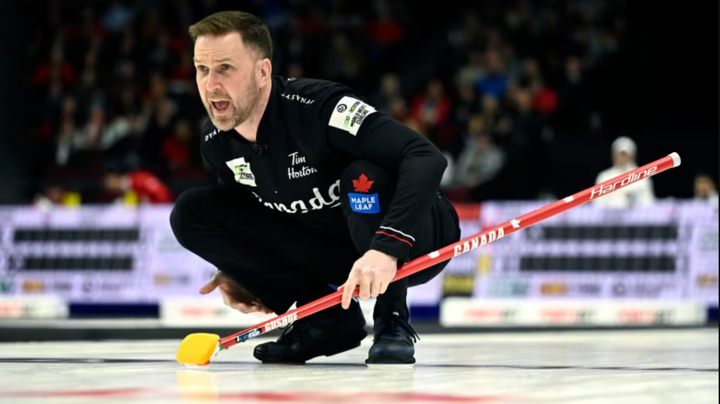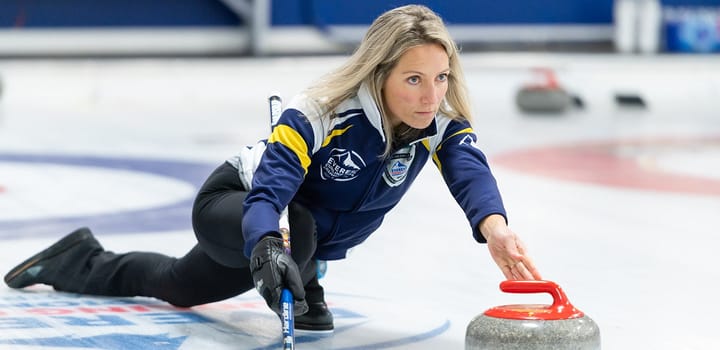Understanding the World Curling Team Ranking System (WCTRS)
The World Curling Team Ranking System (WCTRS) plays a crucial role in determining the global standings of curling teams across multiple events. This ranking system, alongside its Canadian counterpart, the Canadian Team Ranking System (CTRS), rewards teams for their performances at various sanctioned events and serves as an essential tool for seeding, qualification, and planning for major tournaments like the World Championships, Grand Slams, and Olympic qualification.
Overview of the WCTRS and CTRS
Both the WCTRS and the CTRS are designed to give a quantifiable measure of a team's performance over a curling season. However, the two systems differ in their scope and how they accumulate points:
-
CTRS: This system is specific to the Canadian curling scene and operates within the context of a single curling season. Teams can count their best 8 events during the season to accumulate points, with the system specifying the maximum number of events that can count toward a team's total at various points in the season.
-
WCTRS: In contrast, the WCTRS includes results from international events, such as World and National Championships, Grand Slams, and other World Curling Tour events. Unlike the CTRS, the WCTRS is a rolling ranking system where the points from the previous year gradually decrease in value, with the current season’s performance being weighted more heavily.
How the Points Are Awarded
Points in both systems are awarded based on a combination of event results, the quality of the competition, and the relative importance of the event. The key factors influencing the number of points awarded include:
-
Event Size and Strength of Field: Larger events or those with stronger fields (i.e., a higher number of top-ranked teams) will yield more points. The Strength of Field Multiplier (SFM) is used to calculate how strong a field is, and this multiplier directly impacts the number of points a team can earn. Events like the World Championships or the Players’ Championship carry a predefined SFM value, with events such as Tour Cashpiels and Special Events having a variable SFM depending on their field strength.
-
Event Type: There are different base point values based on the finishing position in an event. For example, in most events:
- 1st place earns 7.5 points
- 2nd place earns 5.5 points
- 3rd-4th places earn 4.25 points
- 5th-8th places earn 3.0 points
These points are then multiplied by the event's SFM to determine the final points total.
-
Event Formats and Game Length: Events must adhere to certain formats and rules, such as the use of the Five Rock Free Guard Zone rule and games being 8 or 10 ends in length, to be eligible for points. Special event formats like skins or match-play may be evaluated on a case-by-case basis.
-
Team Participation: For a team to earn points, they must have at least three of four registered players on the ice at all times. If a team is found to be playing with fewer than three registered players, they may lose all points from that event and could face penalties.
Key Rules and Regulations
-
Event Calendar and Maximum Events: Throughout the season, teams are limited to a maximum number of events that can count toward their ranking points. For the 2022-2023 season, the number of events that can count gradually increases:
- August 2022 to October 2022: 2 events allowed
- October 2022 to October 2023: Up to 8 events allowed
This system helps to prevent teams from stacking too many events early in the season and encourages consistent performance throughout the year.
-
Lineup Changes: Teams can make changes to their lineup but must notify the relevant authorities by October 31st of the season. If a team changes its roster, it will carry over points based on the new lineup, which may be adjusted retroactively to reflect the changes.
Tiebreaker Rules
Ties in the rankings are not allowed. If two teams are tied in points, the following criteria are used to break the tie:
- The team with fewer counting events is ranked higher.
- If the number of events is equal, the team with the highest total after removing their lowest-scoring event will be ranked higher.
This ensures that teams are not penalized for having played fewer events or for a particularly poor result in one event.
Challenges and Disputes
If a team believes there has been an error in the calculation of their points or the allocation of points in an event, they have seven days to challenge the results. Challenges should be sent to the appropriate contacts at Curling Canada or World Curling Federation for review.
The Role of WCTRS in Qualification and Seeding
The WCTRS plays an integral role in the qualification process for major curling events such as the World Curling Championships and the Olympics. Teams are often seeded into events based on their position in the WCTRS, and higher-ranked teams may receive more favorable draws or automatic entries into certain tournaments. Additionally, the rankings can affect national qualification, with teams needing to meet specific point thresholds to be eligible for events like the Tim Hortons Brier or the Scotties Tournament of Hearts in Canada.
Conclusion
The World Curling Team Ranking System (WCTRS) is an important part of the global curling landscape, providing a transparent and fair way to rank teams based on their performances in sanctioned events worldwide. By incorporating factors like the Strength of Field Multiplier, the event’s importance, and team consistency, the WCTRS offers a dynamic and nuanced ranking system that reflects the competitive nature of curling. Whether you are a player aiming for Olympic qualification or a fan following the world’s top curling teams, understanding how the rankings work provides insight into the sport's global competitive structure and the challenges faced by elite teams.


